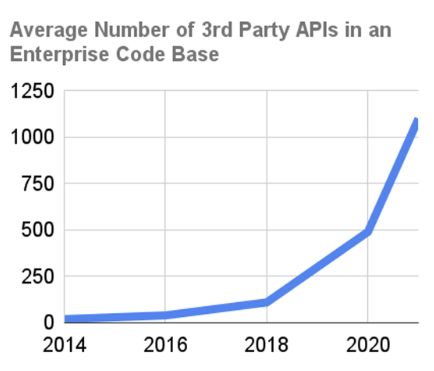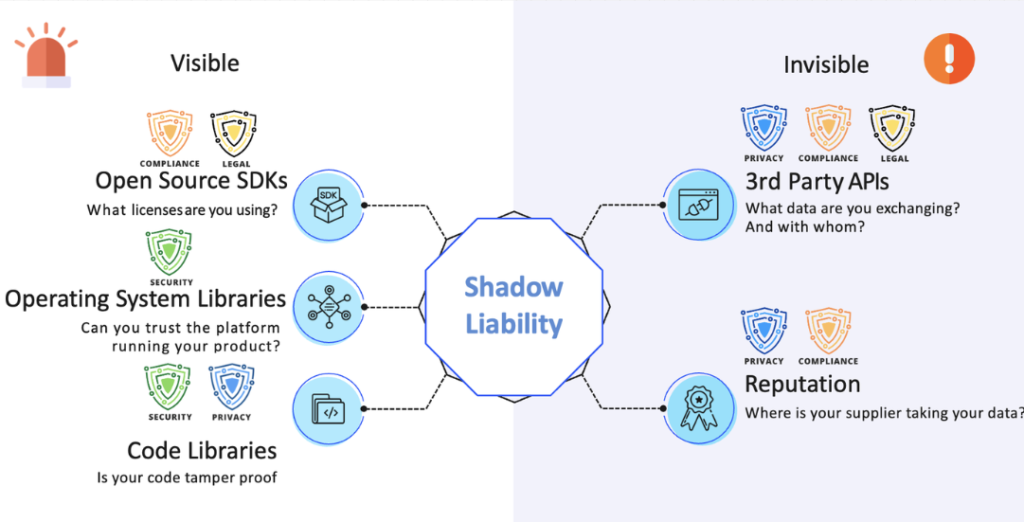
How to Avoid Data Leakage When Using Microsoft Copilot
How concerned should you be about data leakage when your organization uses Copilot? What kind of…
Cybersecurity is a bit like one long at-bat in baseball.
Consider Ted Williams, the legendary MLB player. He’s known for being the only player in MLB history to bat above 0.400, meaning he had a 4 in 10 chance of putting the ball in play. His 1941 record still stands untouched today.
Interestingly though, he also held the record for the most foul balls, because he would knock some pitches to the side while he patiently waited for a pitcher to make a mistake and give him the perfect pitch.
In cybersecurity, the “batter” has to hit every pitch, regardless of whether it’s in their sweet spot. Your security tools might protect your most critical assets, but you still have to pay attention to everything else.
Like a skilled batter, executive leaders and cybersecurity teams need to be aware of the speed, appearance, and origin of incoming threats.
APIs enable different software applications to communicate with each other, providing a flexible and efficient way to integrate systems and services.
The past few years have seen a massive spike in API usage, driven by the rapid growth of digital transformation, cloud computing, and mobile applications. This powers much of our connected business world today.
However, the widespread adoption of APIs also creates new security challenges and increased risk exposure for businesses in several ways. APIs are often built using open source software, which can still be vulnerable to security risks (Google is pushing to increase the security of open source software).



Alert fatigue can result in complacency when monitoring threats. This fatigue can arise when security teams are continually bombarded with alerts and false alarms, leading to a decrease in attentiveness and a reduced sense of urgency.
You and your team need to understand that even though it’s impossible to block every threat or probe, detecting them all is crucial. Insignificant issues now can escalate into catastrophic problems later if they are not detected and addressed.
Just as Ted Williams honed his skills through practice and patience, organizations can make incremental improvements by concentrating on fundamental areas to enhance their overall security posture.
To push your cybersecurity “batting average” in the right direction, focus on making regular improvements.
This may include strengthening access controls, regularly patching software vulnerabilities, training employees on cybersecurity awareness, and maintaining a proactive approach to threat monitoring and detection.
Companies who want to stay proactive with security will often work with third-party experts. When a major US food manufacturing company reached out to us, for instance, we helped them identify some major blind spots, and gave them the comfort of knowing no pitch would get past them unnoticed. Read our cyber security case study if you’d like to learn more about it.
Schedule a call to learn more about Katalyst’s tailored cybersecurity solutions designed to keep your organization and its data safe.

VP, Strategic Partnerships
Jesse leads the client and business development teams at Katalyst. His experience spans multiple technology platforms and infrastructure. He is skilled at helping customers solve business challenges, navigate market trends and make smarter decisions with disruptive technologies.

How concerned should you be about data leakage when your organization uses Copilot? What kind of…

Improve your cybersecurity decisions with the OODA Loop model. Learn how to respond more swiftly…

As a business leader, you may find yourself wondering if this is happening to your own IP and…